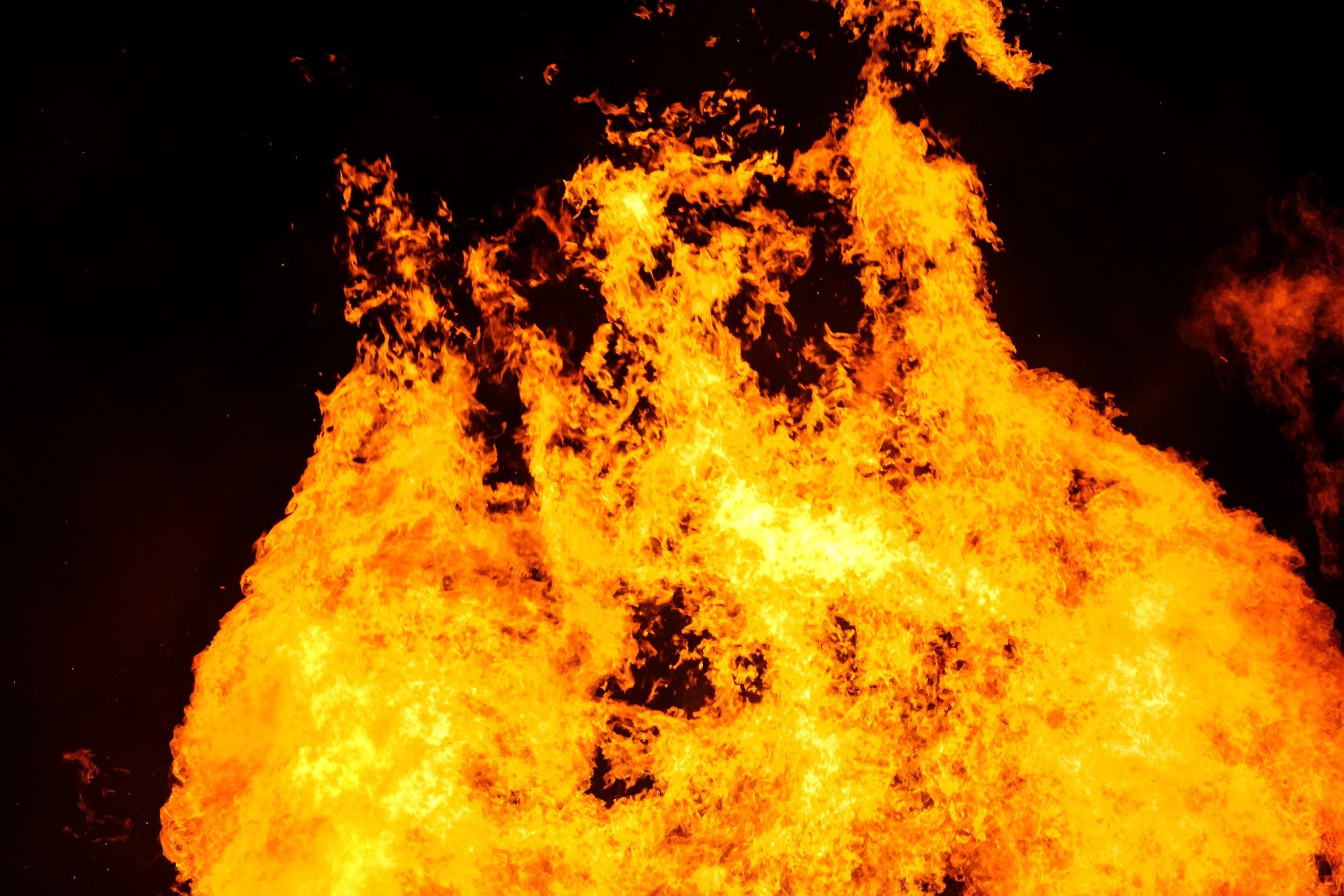In a paper published in the journal Scientific Reports, researchers tackled the time-consuming nature of mine fire simulations using fire dynamics simulator (FDS) software. Large-scale experiments validated FDS, but its slow processing time presented challenges for emergency decision-making.
 Study: Swift Mine Fire Response: Neural Networks Transform Emergency Decision-Making. Image credit: Anton Gvozdikov/Shutterstock
Study: Swift Mine Fire Response: Neural Networks Transform Emergency Decision-Making. Image credit: Anton Gvozdikov/Shutterstock
The researchers proposed an FDS method for simulating various roadway fires to address this. They utilized a neural network with input parameters such as fire source intensity, roadway characteristics, wind speed, and time. In contrast, output parameters included temperature, carbon monoxide concentration, fire wind pressure, and visibility. The trained neural network showed promising results, providing rapid estimates of environmental parameters and causative factor concentrations post-fire. These findings offer valuable insights for timely mine fire emergency decision-making.
Related Work
Past work has extensively explored mine fire threats and their implications for underground safety, emphasizing the unique challenges posed by confined spaces and combustion by-products. Though validated, traditional numerical simulation methods, such as FDS, fall short in meeting the urgent demands of mine fire emergencies, taking over 24 hours for the entire process. Recent advancements in computer processing and neural network technologies have paved the way for a novel approach to responding to the need for rapid predictions.
FDS: Mine Fire Simulation Excellence
Mine fire modeling relies on the computational prowess of the FDS, adept at approximating the Navier–stokes equations for low Mach number flows. Utilizing spatial filtering, FDS processes the conservation equations for mass, momentum, energy, and component equations. The software employs a thermodynamic equation of state to model the pressure of an ideal gas, considering static, dynamic, and potential pressure components.
The study's geometric modeling involved creating a 2000 m long, 5 m wide, and 4.5 m high rectangular roadway model with a defined ignition source, wall temperatures, and humidity. The n-heptane combustion reaction replaced diesel, and mesh size selection criteria ensured simulation reliability.
Researchers modeled the ignition source heat release using the t2 model, incorporating factors such as combustion efficiency and the combustion rate of the explosive mass. Mesh size selection adhered to FDS Guidebook recommendations, ensuring the reliability of simulation results. The study conducted simulations with varying grid sizes, validating the chosen 0.5 m grid size for accuracy. The experimental design for lane fire simulation included distinct parameters for each experiment. Raw data acquisition and processing involved strategically placed monitoring points capturing temperature, visibility, carbon monoxide (CO) concentration, and density. Downsampling and calculating fire wind pressure were crucial to handling the extensive dataset.
The simulation results of alleyway fires illustrated the dispersion of high-temperature smoke and toxic gases, hindering visibility on the downwind side and impeding safe personnel evacuation. The continuous generation of smoke led to backward flow, spreading to the upper section of the roadway on the upwind side.
Neural Network Predictions for Mine Fires
Neural network models utilize parameters like fire intensity, wind speed, roadway inclination, and time as input, predicting air temperature, CO concentration, and fire wind pressure. The positive transfer of information involves raw data normalization and mathematical expressions. Backpropagation of computational errors involves adjusting weights and thresholds between layers. Learning efficiency and the number of iterations are crucial for refining the network's accuracy.
Training involves transforming FDS simulation results. Rectified linear unit (ReLU) function for implicit layers and a linear function for the output layer optimize accuracy. Error plots guide the selection of 22 neural progenitors per layer for minimal errors. Researchers achieved convergence after 100 iterations, each lasting 20 minutes.
Results analysis demonstrates varying prediction accuracies for different parameters. Temperature predictions are more accurate within certain intervals, with an average error of approximately 3%. CO concentration predictions are relatively precise, while fire wind pressure predictions encounter challenges during dynamic expansion phases.
Detailed comparisons between simulation and prediction results showcase the neural network's effectiveness, particularly in low fire-wind pressure scenarios. The study's significance lies in its breakthrough ability to instantaneously predict environmental conditions during mine fires, offering valuable insights for mine fire research and emergency relief efforts. Future research avenues could explore different roadway heights for a more comprehensive understanding of smoke flow and wind reversals.
Conclusion
To sum up, this study extensively simulated various roadway fire scenarios in mine environments using the FDS simulation software. The neural network model, trained on this simulation data, demonstrated the ability to rapidly predict environmental parameters within the roadway at different times and locations.
Despite an average relative error of 12.12% for temperature prediction, the model exhibited reasonable accuracy with an average absolute error of 0.87 m for visibility, 3.49 ppm for CO concentration, 16.78 Pa for fire wind pressure, and a mean relative error of 2.9% for density. Notably, predictions were less precise near the fire source due to heightened temperatures and turbulence, making them more reliable farther away. In conclusion, this breakthrough in swift environmental prediction during mine fires holds significance for mine fire research and practical emergency response efforts.